Natural Area Preservation News
Protecting and restoring Ann Arbor's natural areas and fostering an environmental ethic among its citizens.
Volume 20, Number 3
Autumn 2015
Park Focus: Hansen Nature Area
Catie Wytychak, Outreach Assistant
Driving down Maple Road, it is easy to whiz past Hansen Nature Area without even realizing that there is a hidden gem just off the road. Walking from the parking lot near Grace Bible Church into the deeply shaded woods, you are treated to a cool breeze. Although few people find their way into the nature area, the small pond in the western section of the park is home to Painted Turtles, Spring Peepers and Chorus Frogs. The circular pathway directs hikers through an oak hickory forest outfitted with a scattering of wildflowers like Jack-in-the-pulpit and Mayapples.
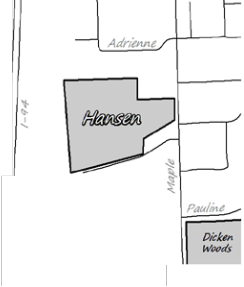
Hansen Nature Area is located between I-94 and Maple Road, on the western edge of Ann Arbor.Aerial photos from 1940 show the area that would become Hansen Nature Area as one of the few pockets of woodland left untouched in that part of the city. Surrounding the area in the 1940s were orchards and farmland which gave way to housing developments in the 1960s.
In March of 1964, H.E. Hansen donated the 10.3 acre parcel with the agreement that it would be preserved as a park and recreation area. A questionnaire was sent to neighbors to receive input on what they wanted in the park. Neighbors rRestoration efforts started in 1997 under NAP’s leadership. Work in Hansen began with building the trail and removing invasive species. In 2003, NAP conducted a prescribed burn throughout the entire park. Prescribed burns are used to eliminate invasives and give natives a competitive advantage. Spreading native seeds after the burn also helped to strengthen the native plant population.
After the burn was conducted, a neighbor wrote that “
Hansen is carpeted with yellow trout-lily – really beautiful. Also some large patches of toothwort, and smaller spots of wild geranium and mayapple with a few happy Jacks and a couple trillium. Do you suppose that burn had anything to do with it?" The controlled burn likely did encourage the native wildflowers to flourish.
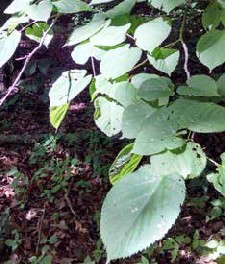
Spreading native seeds after the burn helped to strengthen the native plant population.Two new park stewards began working at Hansen Nature Area this spring. Marisa and Ryan are continuing to remove invasive shrubs like honeysuckle and buckthorn, and invasive herbaceous plants like garlic mustard and dame’s rocket. Marisa and Ryan are also volunteering with NAP to survey for frogs, toads, turtles and butterflies.
Located on the western edge of Ann Arbor, Hansen has the highest elevation (990 feet above sea level) of any City park. Beyond elevation superiority, Hansen is a beautiful spot to walk through with your friends, family or dog.
Coordinator's Corner
David Borneman, Deputy Manager for Volunteerism and NAP
This summer I attended my 35th high school reunion. I’ve heard complaints from alumni of large high schools who showed up for a reunion and didn’t even know anyone in attendance. Not the case here. There were only 42 in my graduating class from our small rural school. And some of these people had been my classmates for 12 years of public school. So you’d think that I really knew them, right? There shouldn’t be any surprises in where people ended up 35 years later. It should have been really clear back then who would end up where in life. Nope. There are always plenty of surprises: individuals who struggled through school, but thrived in later years, and others who seem to have peaked during those high school years. It would have been impossible to predict these outcomes 35 years ago, even though I thought I knew these people well.
Some of you may think that ecological restoration is the same way: there’s no way of predicting the outcome. Maybe we just cut shrubs and pull weeds and hope for the best. Maybe predicting restoration success is as impossible as predicting where our childhood friends will end up later in life? Again, nope. I’m pleased to say that restoration is a bit more predictable. Sure, there are always some surprises. Some areas recover slower, or quicker, than we anticipated. But in hindsight, we can often make sense of that outcome once we better understand the specific variables at play onsite. The seedbank wasn’t what we expected; we underestimated the negative impacts of historic over-grazing; weather conditions kept us from using controlled burns as effectively as we had planned, etc… In most cases, if we had just been a little smarter, we could have read the site better and made better predictions.
Fortunately, that suggests that we should be getting better with our predictions as we gain more experience. And I do believe that’s true. After 22 years of assessing Ann Arbor’s parks and implementing management activities that we thought would be appropriate for each particular site (and learning from our successes and failures along the way), NAP has a pretty good idea of what to expect from each site, and what it will take to get there. Can we maintain this prairie just by burning it every year or two? If we removed all the garlic mustard and invasive shrubs from that woodland would the forest floor be covered in native wildflowers? Is there enough sunlight getting to the ground to get oak regeneration in that savanna? For those of you who volunteer with NAP, the most important question might be, “What activities should we ask volunteers to do that will achieve the greatest ecological benefit at this particular site?”
So rest assured when you come to NAP’s stewardship days that we are not just making “busy work” for you. And we’re not asking you to do something that will be a waste of your time. We don’t have unrealistic restoration goals for these sites. These sites really have been voted “most likely to succeed” in restoration. We hope you’ll come and be part of these successes.
Controlled Fire: Our Most Important Tool
Mike Hahn, Stewardship SpecialistLand managers use many different techniques to help restore native ecosystems, all of which have an appropriate place and time when they are most effective. Some techniques such as hand-pulling are geared towards reducing invasive species populations. Others encourage native species to thrive, such as sowing seed. There is one method that does a little of everything at the same time – controlled fire. Just as the name implies, controlled fire is the application of fire to a natural area, performed in a well-planned and thought-out fashion with a properly trained team.
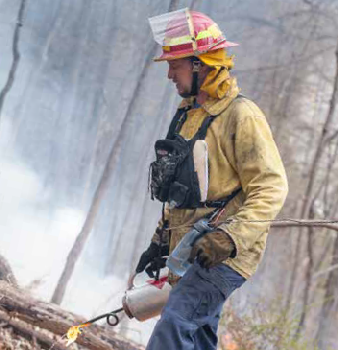 Photo: Bryan Mitchell Photography
Photo: Bryan Mitchell PhotographyThe benefits that controlled fire has on our ecosystems are countless, but a couple of the most noticeable ones are how well it keeps encroaching brush at bay while putting nutrients back into the soil. It also helps to scarify seeds of plants in a fire-adapted ecosystem. Financially, controlled fire is one of the most cost effective techniques used by land managers.
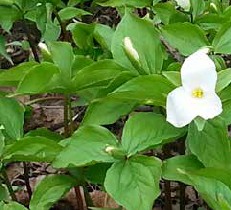 Controlled fire is the application of fire to a
natural area, performed in a well-planned fashion by a trained team.
Without fire, our ecosystems are starved for light and nutrients, but
with it, they flourish.
Controlled fire is the application of fire to a
natural area, performed in a well-planned fashion by a trained team.
Without fire, our ecosystems are starved for light and nutrients, but
with it, they flourish.
Fire is also our most historically accurate management
tool, as Native Americans regularly set fire to the landscape for a
variety of reasons including hunting, warfare, and to clear farmland. In fact, fire has been a
part
of our ecosystems since the last glaciers retreated from this land. Not
only did our native plants adapt to this and other disturbances, they
have become dependent on it. When European settlers started to arrive and disperse throughout the United States, so did the suppression of wildfire. This suppression of wildfire had many unforeseen effects on our historic landscape. Trees and shrubs had the opportunity to fill in woodlands, savannas, and prairies, and over time started to shade out ever-important sunlight from the forest floor. Historically woodland habitats in this
area had on average about 60% canopy cover. Today most of our woodlands are closer to 80% or higher canopy cover. That means that not enough sunlight reaches the forest floor, which reduces regeneration of both the woody and vegetative plant communities. Add in competition with invasive species and the floristic quality starts to fall apart fairly quickly. I say all of this to demonstrate the importance that fire
has on our ecological communities. Without fire, our ecosystems are
starved for light and nutrients, but with it they flourish.
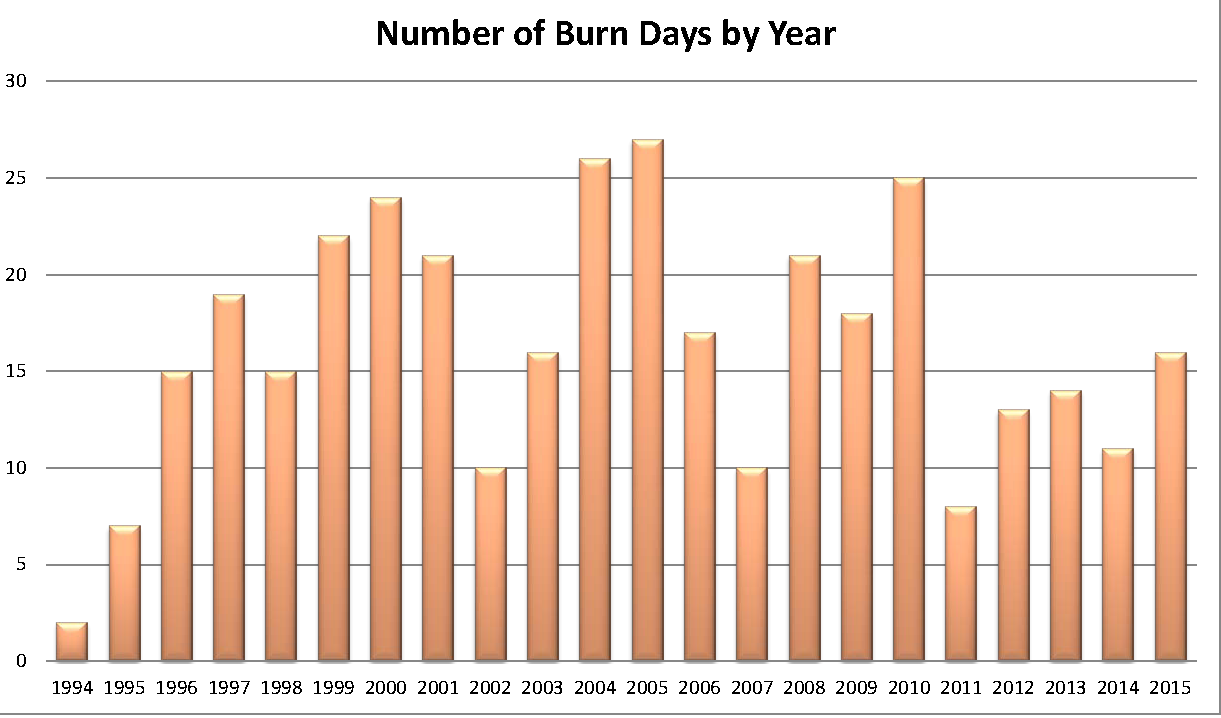
Today the ecological restoration industry views controlled fire
as an important tool in its arsenal. Here at NAP one might argue that it is the most important tool we use. Controlled fire has served as a way to protect and restore Ann Arbor’s natural areas since its infancy, with our first burn on May 3, 1994 at the prairie that runs along Traver Road at the Leslie Science and Nature Center. That year NAP performed burns at two different parks. Over the past 22 years, we have continued to grow our controlled burn program to both a spring and fall season and even at times running multiple crews.
This past spring we performed controlled burns
at 19 different parks and burned a total of 120 acres of park land.
Whether we are able to burn one or 50 natural areas in a season, the
benefits of fire to the land are evident by the charred, dead-standing
remains of invasive brush and the dramatic increase of flowering forbs
the following growing season. One noteworthy example from this spring
was NAP’s successful burn in the main woodland at Mary Beth Doyle Nature
Area which has not been burned for the past 9 years due to wet
conditions. A few weeks later, park visitors were treated to a
brilliant, overwhelming display of spring wildflowers. I encourage you
to get out into our parks this autumn to enjoy the benefits that NAP’s controlled burn program is having on your natural areas.
NAPpenings
Volunteer Appreciation Potluck
Volunteers past, present, and future are invited to join us for our annual celebration of their hard work! Costumes are encouraged! Thursday, October 22nd, 6:30-9:30 at Cobblestone Farm, 2781 Packard Rd.
RSVP by October 19th: [email protected] or 734.794.6627
Welcome, new Park Stewards!
- Marisa Persaud and Ryan Reich - Hansen Nature Area
- Deanna Owen - Riverwood Nature Area
- Odette Petrini - White Oak Park
Thank you!
Many thanks to the groups who volunteered with NAP recently. We could not make such a difference without you!
- Adventure Guides
- Ann Arbor Cub Scouts Troop 4
- Arbor Prep High School
- Canton Prep High School
- Community High School & Ann Arbor Open School
- Emerson School
- First United Methodist Church
- Green Apple Garden Preschool
- Honey Creek Community School
- Hot Spot Life Group
- Huron High School Biology Class
- Lawton School Cub Scouts
- Martin Luther King Elementary School
- Northridge Church
- REI
- Team Awesome
- Toyota Boshoku America
- UM Dental School
- UM Family Medicine Residency Program
- UM Inter-university Consortium for Political and Social Research
- UM Nam Center for Korean Studies
- UM Law School
- YMCA Youth Volunteer Corps
- Women Indeed
Join Us to Say FAREWELL to Dea Armstrong
Dea
Armstrong will be retiring from NAP this autumn, after 17 years. We are
planning several opportunities for you to celebrate her time with NAP
and wish her well. The first will be at our annual Volunteer
Appreciation Potluck (see NAPpenings item above for details). We are also planning on a farewell party for Dea on Tuesday, November 10th from 5-7 pm at the Leslie Science and Nature Center. RSVP to [email protected] or 734.794.6627.
Michigan Prescribed Fire Council Annual Meeting, September 10-11, Camp Grayling, MI.
NAP's Manage, Dave Borneman, will be part of a panel at this meeting. Research on pine and oak forest restoration will be presented with heavy emphasis on lessons learned and facilitated learning analysis in the practice of prescribed fire. Expect presentations, a visit to the Roscommon Equipment Center and a field trip to Mack Lake. More infomation, registration and cost is available at the Fire Council's website. http://www.firecouncil.org
Staff Updates: Farewell...
Dea Armstrong
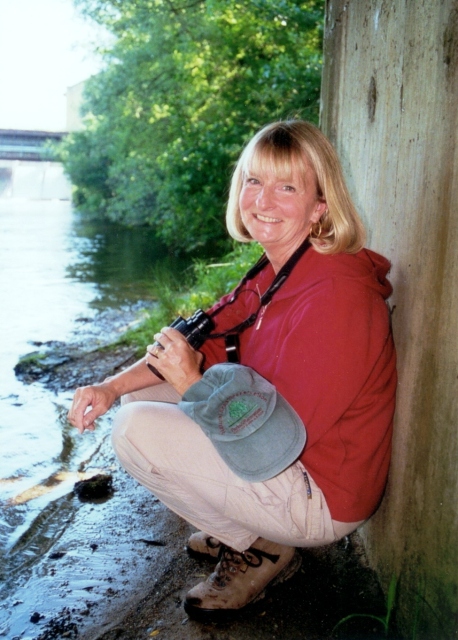 When I first interviewed with Dave and NAP for the job of Ornithologist, it was 1995, and I knew I liked birding and birds. Apparently they wanted a bit more expertise and hired well-known birder and Birds of Washtenaw County author, Mike Kielb. I wanted the job so much that I decided to go to graduate schoo lto beef up my credentials. After a stint first as a NAP Breeding Bird Survey volunteer and then as Mike’s assistant, I received my Masters degree in Avian Ecology from SNRE at the University of Michigan in 1998. By then, Mike had moved on from NAP and I finally got the job. It was a perfect part-time job for a mothe rof two busy sons and I have loved it for many years now! I am grateful to have worked with so many wonderful folks (both volunteers and staff) at NAP over the years - so many of you have gone on to do incredible things in addition to the outstanding work you did with NAP! I am particularly grateful to Dave Borneman for giving me a chance to take on new challenges and for being interested in novel ways to manage urban parks and properties that would increase bird habitat. My long-time relationship with Washtenaw Audubon Society (WAS) has been invaluable to help me do my job. Thank you to all of the WAS folks that have worked with me and NAP over the years.
When I first interviewed with Dave and NAP for the job of Ornithologist, it was 1995, and I knew I liked birding and birds. Apparently they wanted a bit more expertise and hired well-known birder and Birds of Washtenaw County author, Mike Kielb. I wanted the job so much that I decided to go to graduate schoo lto beef up my credentials. After a stint first as a NAP Breeding Bird Survey volunteer and then as Mike’s assistant, I received my Masters degree in Avian Ecology from SNRE at the University of Michigan in 1998. By then, Mike had moved on from NAP and I finally got the job. It was a perfect part-time job for a mothe rof two busy sons and I have loved it for many years now! I am grateful to have worked with so many wonderful folks (both volunteers and staff) at NAP over the years - so many of you have gone on to do incredible things in addition to the outstanding work you did with NAP! I am particularly grateful to Dave Borneman for giving me a chance to take on new challenges and for being interested in novel ways to manage urban parks and properties that would increase bird habitat. My long-time relationship with Washtenaw Audubon Society (WAS) has been invaluable to help me do my job. Thank you to all of the WAS folks that have worked with me and NAP over the years.
I am planning to bird more after I retire, and in some places quite far away from Ann Arbor. However, I have some great projects lined up that will continue to focus my interest on bird and habitat conservation. I also hope to continue to teach my March-April Field Ornithology class with the amazing Francie Krawcke! So I am retiring, but, hey who knows? Maybe I will volunteer fo rthe NAP Breeding Bird Survey! Let’s go birding!
Mary Adams
 Working for NAP has been a great experience for me over the past year. I was able to meet some great volunteers as the Workday Coordinator, and really see the difference that NAP is making in the Ann Arbor community. I will be starting graduate school in the fall at the College of Charleston in SouthCarolina. I am thankful for all of the people I’ve met and worked with, and will miss all of Ann Arbor’s wonderful parks.
Working for NAP has been a great experience for me over the past year. I was able to meet some great volunteers as the Workday Coordinator, and really see the difference that NAP is making in the Ann Arbor community. I will be starting graduate school in the fall at the College of Charleston in SouthCarolina. I am thankful for all of the people I’ve met and worked with, and will miss all of Ann Arbor’s wonderful parks.
Cristine Santana
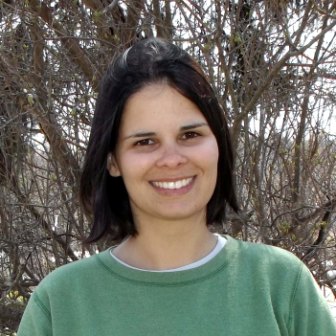 I really enjoyed my time working for NAP’s field crew. It was a great opportunity to meet a lot of people that are passionate about nature,and get some restoration done. It is very rewarding to go for a hike in one of the Nature Areas where we have removed invasive species, and to be able to see that positive change. Thank you and keep up the good work!
I really enjoyed my time working for NAP’s field crew. It was a great opportunity to meet a lot of people that are passionate about nature,and get some restoration done. It is very rewarding to go for a hike in one of the Nature Areas where we have removed invasive species, and to be able to see that positive change. Thank you and keep up the good work!
Staff Updates: Farewell & Congrats
Dana Burnette
 I sincerely enjoyed working with the Park Stewards of Ann Arbor’s parks. Everyday I was amazed by NAP volunteers’ selfless attitudes and their investment in their local environment. I think of their great examples of service often. I am sad to leave NAP but enjoying this time getting to know my new baby girl and spending time as a family.
I sincerely enjoyed working with the Park Stewards of Ann Arbor’s parks. Everyday I was amazed by NAP volunteers’ selfless attitudes and their investment in their local environment. I think of their great examples of service often. I am sad to leave NAP but enjoying this time getting to know my new baby girl and spending time as a family.
Staff Updates: Welcome...
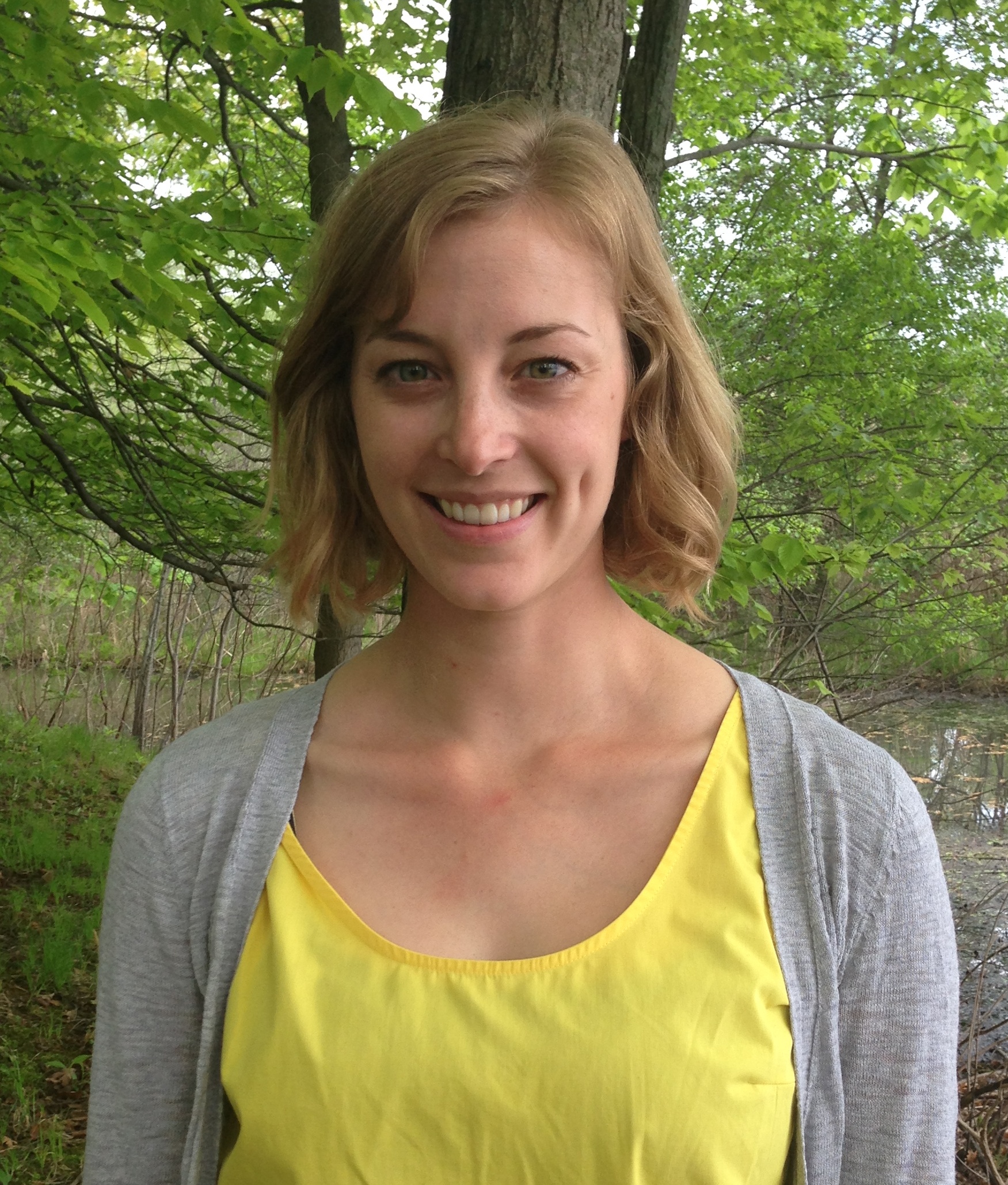 Catie Wytychak
Catie Wytychak
Working for NAP as the Park Steward Coordinator combines my interests in public land preservation and volunteer coordination with my love for the great outdoors. I’m excited to apply my degree from the University of Michigan’s School of Natural Resources and the Environment to improving the natural areas of Ann Arbor by working with Park Stewards and other volunteers. I look forward to learning from the strong network of neighbors and nature enthusiasts in Ann Arbor.
